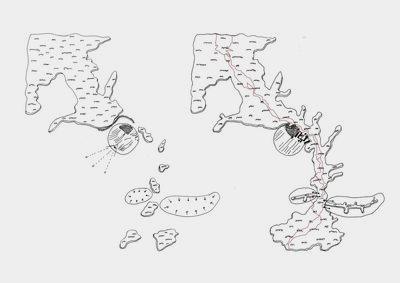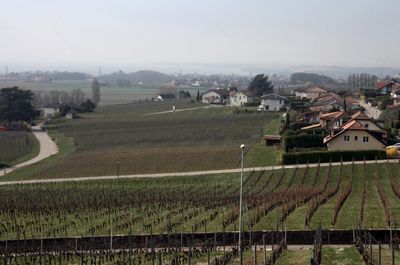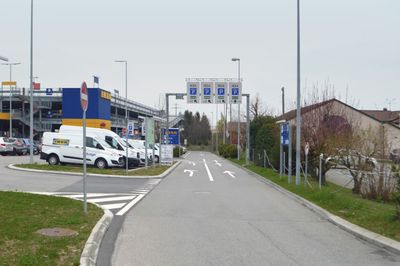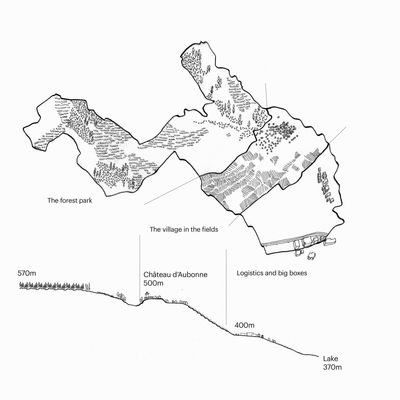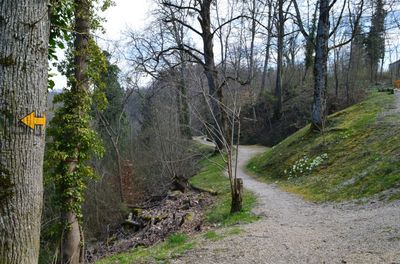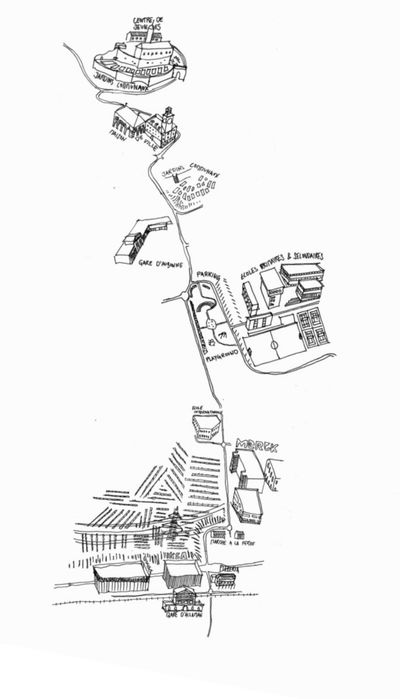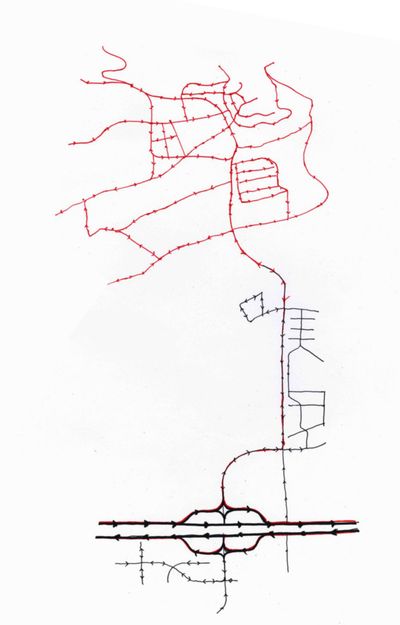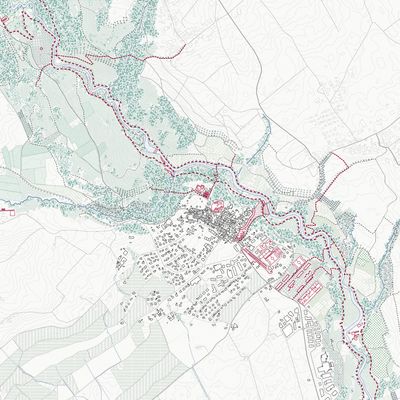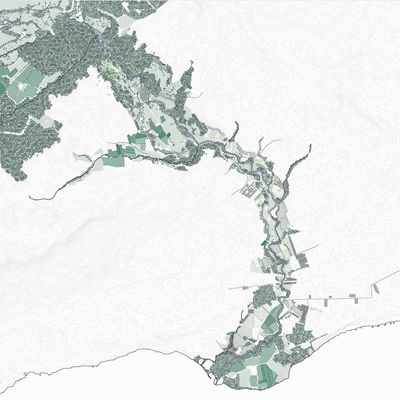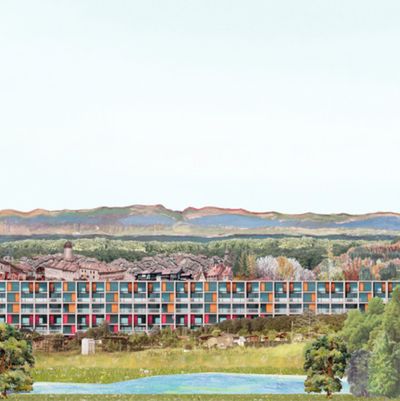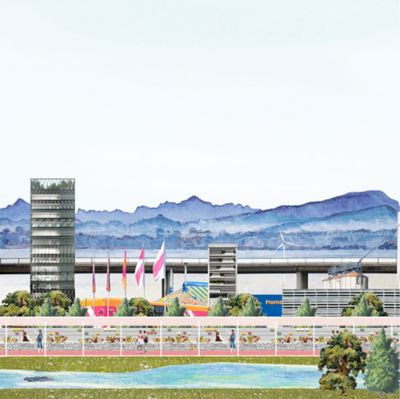Commune AubonneL'Arc LémaniquePhilipp Bosshart and Anna Moroni
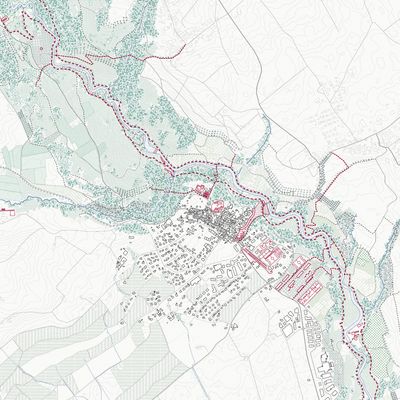
On the edge of the Jura foothill plateau, about 130 m above the surface of Lake Geneva, the commune of Aubonne is situated on the route from Lausanne to Geneva and enjoys an excellent overview of its surroundings and the Alps. This strategic position between the two major cities on the Lake and the construction of the Château d’Aubonne in the 11th century are responsible for the historical significance of this town, which held the right to yearly market fairs and was the capital of the district until the 15th century. Viticulture on the slopes of the Jura and intensive agriculture on the lower parts have shaped a landscape that today is considered one of the most desirable places to live in the Leman region. Its good public transport connections and low taxes have attracted a high proportion of wealthy residents and international corporations to settle among the vineyards.
Today regarded as the Gold Coast on the lake, the village of farmers and winegrowers has absorbed a lot of growth on its agricultural land since the 1960s. Row after row of large, one-family residences have been constructed on former vineyards, and large patches of wheat fields have been rezoned for industry and company headquarters. Several leisure facilities, a public bath and an arboretum along the river Aubonne further add to the appeal of living in the countryside. The commune also houses a regional college and an international School, the La Côte International School.
In this climate of an increasingly international society of commuters amidst an agricultural landscape, we would like to investigate the meaning of the commons. How do ground speculation and investment interest transform a space of a traditional practice like viticulture?
